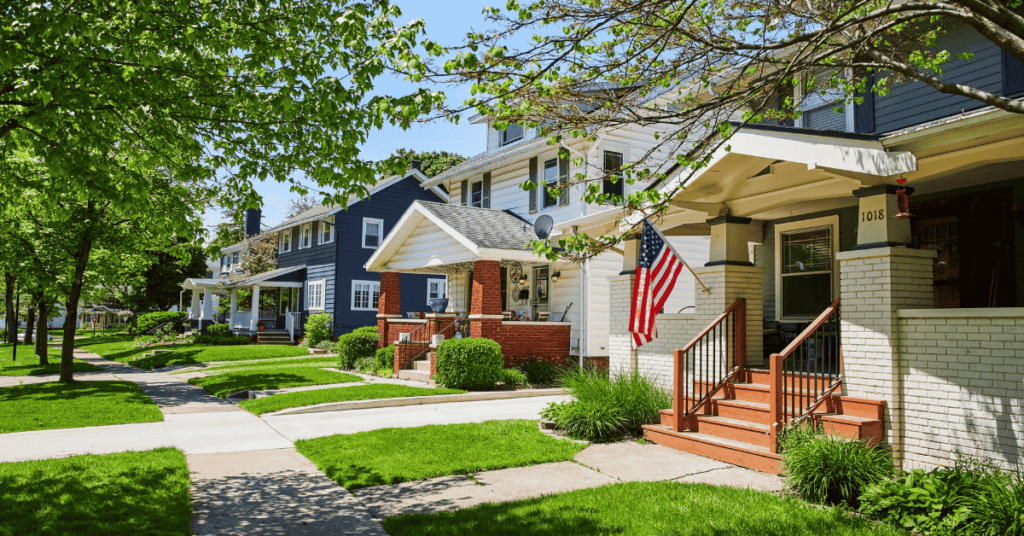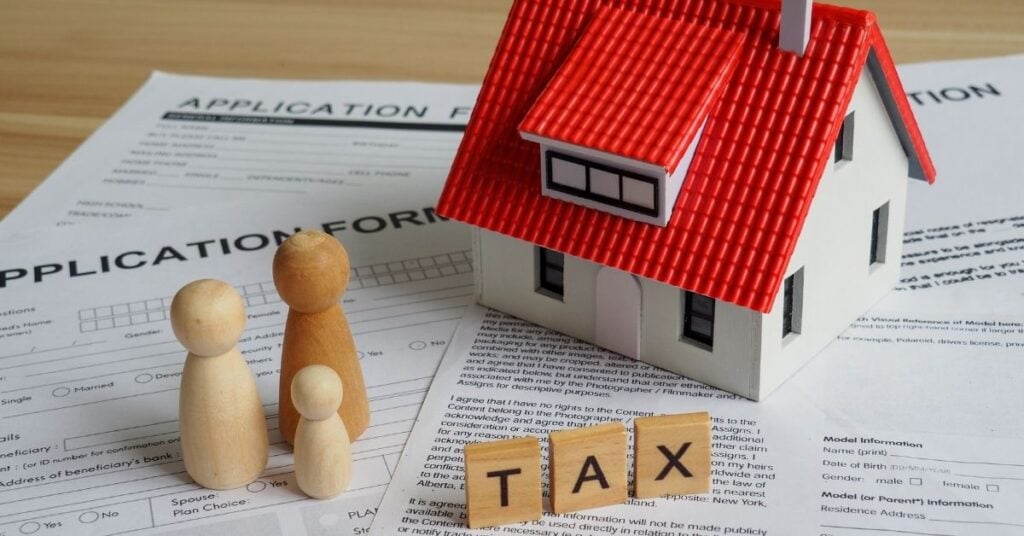Read this Policy Brief in PDF Form
In response to what anti-tax advocates have branded as “out of control” property taxes, a number of states have decided to make use of tax “caps” to restrict the growth of local property taxes. California’s Proposition 13 tax cap, approved in 1978, inspired numerous other states to enact similarly ill-conceived property tax caps. These caps can come in many forms, but all are poorly-targeted and costly. In most cases, these caps amount to a state-mandated restriction on the ability of local governments to raise revenue. While state lawmakers get to take credit for cutting taxes, local lawmakers are the ones forced to make difficult decisions regarding which services to cut. There are three main types of property tax caps in use around the country: caps on property tax rates, caps on assessed value growth, and caps on overall property tax revenue growth.
Caps on Property Tax Rates
Property tax rate caps limit the size of a property’s tax bill to a specific percentage of its value. California and Indiana, for example, each restrict homestead property tax bills to 1 percent of the home’s value. Massachusetts imposes its rate cap in a slightly different manner, prohibiting total property tax revenues in each municipality from exceeding 2.5 percent of total assessed property value.
Rate caps reduce both the revenue generating potential of the property tax, and the ability of local lawmakers to stabilize property tax collections during economically volatile times by periodically adjusting property tax rates. Both of these flaws reduce local governments’ ability to provide a consistent and adequate level of services.
Caps on Increases in a Property’s Assessed Value
Caps on increases in a property’s assessed value prevent taxable home values from rising faster than some predetermined rate. The aim of these caps is to ensure that rapid growth in a home’s market value (the amount the home would likely sell for) does not result in equally rapid growth in the home’s assessed value (its value for tax purposes). In California, for example, Proposition 13 limits increases in a homeowners’ assessed value to 2 percent per year, or the overall rate of inflation, whichever is lower. In Florida, the so-called “Save Our Homes” law limits assessed value increases to the lower of 3 percent or inflation.
Obviously, assessed value caps are most valuable for taxpayers whose homes are appreciating most rapidly, but will provide no tax relief at all for homeowners whose home values are stagnant or declining. As a result, assessed value caps can shift the distribution of property taxes away from rapidly-appreciating properties and towards properties experiencing slow or negative growth in value—many of which are likely owned by low-income families.
Caps on assessed value growth also result in bizarre and unfair differences in the tax bills paid by neighbors with similarly valued homes. Since a home’s taxable assessed value is usually reset upon changing ownership to reflect its actual value, residents who have recently moved into a home are required to pay significantly more in property taxes than their long-term neighbors who have seen increases in their home’s taxable value capped for many years. This phenomenon has also resulted in some homeowners feeling trapped in their current homes, due to the fact that they would have to pay much higher taxes if they were to change residences. Analysts refer to this as the “lock-in effect.”
Florida recently sought to address the lock-in effect by allowing homeowners to essentially carry over their tax cap savings to a new residence upon moving. While some long-term homeowners have been helped by this change, it has also been enormously costly, made Florida’s property system much more complicated, and does nothing to help first-time homebuyers.
Caps on Increases in Overall Property Tax Revenue Collected
The most restrictive type of property tax caps prevent localities from increasing overall property tax collections beyond a certain annual amount. In Massachusetts, for example, municipalities are prohibited (absent specific approval from voters) from collecting more than 2.5 percent in additional property tax revenue beyond what they collected in the previous year. As is oftentimes the case with caps, there are some exceptions. Towns, for example, are allowed to tax new growth within their borders, which does provide a significant amount of revenue. Nonetheless, since the cost of providing a stable level of local government services has traditionally risen at more than 2.5 percent per year, this cap has noticeably diminished the quality of public services in many localities. Unfortunately, both New Jersey and New York have chosen to follow Massachusetts’ lead by enacting even more restrictive 2 percent caps on local property tax revenue increases.
Property Tax Caps: An Expensive, Untargeted Tax Cut
For most people, the most objectionable feature of property taxes is the disconnect between a homeowner’s tax bill and their ability to pay the tax. While personal income taxes are sensitive to ability-to-pay issues, varying directly with a taxpayer’s earnings each year, property tax bills can go up dramatically even when a homeowner’s income falls sharply. Property tax caps are simply not designed to deal with this “ability to pay” problem, which makes them a poor policy choice to mitigate the frustration many fixed income taxpayers feel about their property taxes. Property tax caps also tend to offer less “bang for the buck” than virtually any other property tax break, often lavishing the largest tax breaks on the wealthy homeowners for whom property taxes are least burdensome while providing little or nothing to many low- and fixed-income taxpayers.
If tax relief for fixed-income homeowners and renters is the goal—as lawmakers often claim—property caps are among the least effective tax strategies available. A less expensive and better-targeted approach is a “circuit breaker” tax credit, which provides targeted tax breaks to low-income and elderly taxpayers when property taxes exceed some percentage of their incomes above which they are deemed too be too costly. For these populations, circuit breakers are more inclusive, because they provide relief to all taxpayers for whom property taxes are most burdensome, and more exclusive, because they limit eligibility to taxpayers for whom “ability to pay” is clearly an issue.
For more information, see ITEP Brief, “Property Tax Circuit Breakers.”




